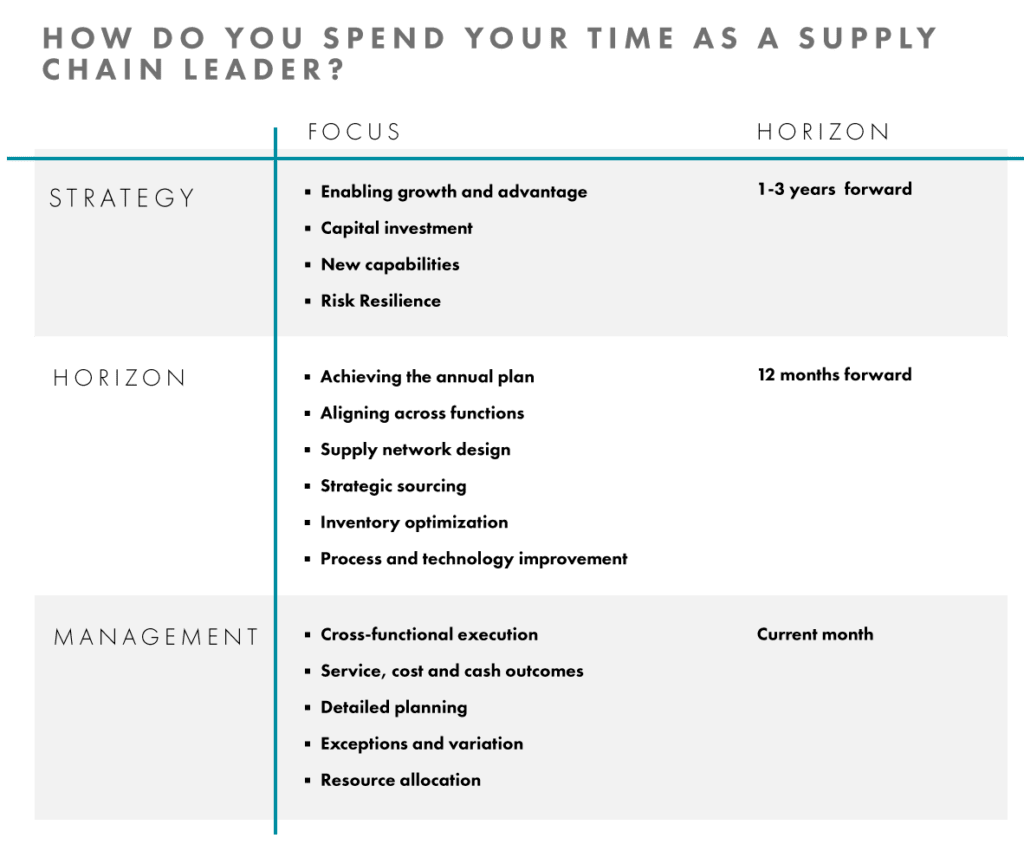Supply Chain Resiliency – Rethinking the Long Term
-
Sue Linder
- June 23, 2020
The Coronaviurs Pandemic is creating a new imperative for supply chain leaders to be more strategic in day-to-day management and long-term planning and optimization in order to create supply chain resiliency. Clarkston Consulting has written a comprehensive article on Supply Chain Resilience which can be found on their recent industry insight. We have summarized this article below. Please contact us to engage with an SME to help you with your Supply Chain Resiliency. Visit our Book A Project to learn more for your specific needs, SAP or otherwise.
Like firefighters, supply chain managers throw themselves at each day’s crisis, finding innovative solutions, and reaping praise and recognition for saving the day. It’s ironic that the more time spent engaged in managing the day-to-day, the more time taken away from having an enduring impact on overall business success.

Clarkston’s experience working with consumer products and life science companies suggests that organizations fail to achieve ambitious transformations when they get caught in an “execution trap” when execution is not sufficiently balanced by strategy. They have found that execution may outweigh strategy when time is not set aside for planning and optimization; when a healthy bias for action is not supported by facts and analysis; and when knowledge is overly concentrated in a few individuals.
3 Execution Traps to Avoid for your Supply Chain:
-
Make a supply chain resilience strategy, planning and optimization part of the annual planning process:
Clarkston recommends supply chain leaders set aside time in advance of volume and financial planning to reassess how the supply network aligns to evolving commercial strategy, market conditions, and the company’s preference for risk. Put it on the calendar and don’t let management of the current period crowd it out.
-
Develop advanced analytical capabilities:
There are 2 analytical capabilities that are relevant to supply chain risk management.
- Optimization models (or “digital twins”) provide the quantitative ability to assess explicit tradeoffs between service, cost, and assets. Once developed, it is relatively straightforward to assess disruption scenarios and sensitivity analyses to understand your network’s tipping points.
- Use Data Science modeling to predict future events or discover patterns. When the next disruption upends your supply chain, you would be well served to have established data science capabilities available to reduce the fog of uncertainty.
-
Integrate strategy into sales & operations planning (S&OP):
Businesses that have embraced S&OP have created highly productive cross-functional forums for mid to long term planning. Make strategy an agenda item in each of the product, demand, and supply reviews to ensure that each function is operating in accordance with strategy, to monitor key initiatives, and to identify when a strategy change might make sense.
As companies pursue supply chain resilience there will certainly be battles between those with a shorter-term focus and those with the foresight to look farther down the road. It is a fitting challenge for supply chain leaders who have aspired to be influential in the C-suite: garner investment in a higher cost supply network in favor of one that is more resilient and positioned to gain advantage when competitors falter.
For more details on Supply Chain Resiliency, please see the full article written by our sister company, Clarkston Consulting at https://clarkstonconsulting.com/insights/supply-chain-resilience-the-new-imperative-for-the-chief-supply-chain-officer/?utm_content=130021949&utm_medium=social&utm_source=linkedin&hss_channel=lcp-8756
Regardless of where you are at in your SAP and enterprise systems journey, we want you to know that BCTG is here to help. Whether that be through leveraging our network of technical and functional consultants, or through simply having a human conversation, we welcome the opportunity to become an extension of your team. Please call us to help you create a resilient supply chain.
